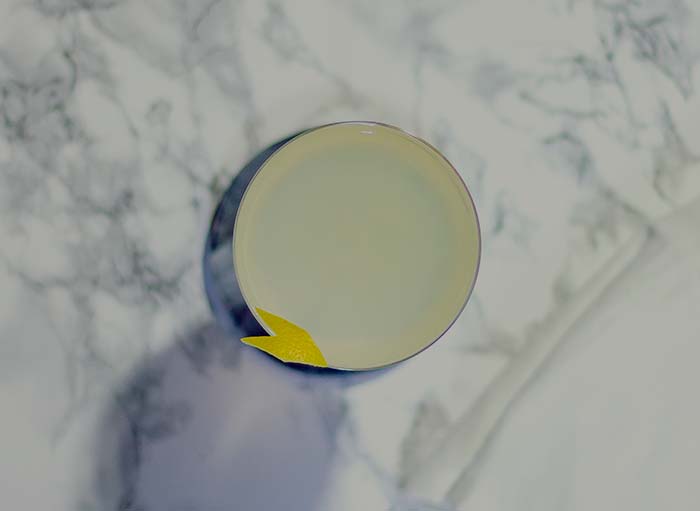

Case in point, it is the primary ingredient in my Magic Hour and La Vie en Rose cocktails (the blanc works in them too). In 2012, they introduced Lillet Rosé which is made from a mixture of red and white wines and is excellent for mixing. While the Blanc is the flagship Lillet product, they also make a red expression called Lillet Rouge, released in 1962, which has a Merlot base and is closer to traditional sweet vermouth.

With just the slightest hint of quinine, the overall profile is subtle and easy to drink, like a delicious, mildly sweet white wine with a few flavor accents. Today Lillet is made from a blend of 85% wine from the Bordeaux region and 15% orange liqueur that is then barrel aged, giving it some vanilla notes along with the citrus. It used to include some quinine liqueur as well, though this was removed in 1986 when Lillet reformulated to become less bitter and more broadly accessible. Notably “Kina Lillet", which is a reference to its status us a Quinquina, and what James Bond calls for it in his Vesper martini (yum!). Hailing from France, Lillet has gone by many names since it’s release in 1872. Lillet (lill-AY) Blanc is the classic choice in a Corpse Reviver because it was named in the original recipe and until recently, was pretty much the only option available. You can dig more into different vermouth and fortified wine categories on Martin Doudoroff's wonderful site:. Just think of all these products as wine-based aperitivos, and drink and mix with them as such. Though don't worry too much about the differentiations between these terms. Whilst Cocchi Americano uses gentian root, along with some quinine, which classifies it as an "Americano." Lillet on the other hand, uses chinchona bark, which provides quinine, technically making it a "Quinquina" (keen-keen-AH). Vermouth traditionally uses wormwood (the German word for which is wermut, which is where vermouth gets its name). In addition to being great cocktail ingredients, both are excellent by themselves over ice, or with a splash of soda water (or perhaps sparkling wine) and a twist of orange or lemon peel.Ĭategorically speaking, the difference between Lillet, Cocchi, and vermouth is their bittering agents. In vermouth terms, they are closest to white/blanc vermouth, a colorless, sweet style vermouth ( very tasty in Martinis).īoth are light, straw colored and feature notes or citrus, spice with a touch of bitterness. They are both fortified wines (meaning wine with some spirit is added) that have been aromatized (infused with herbs, roots and other botanicals). Lillet Blanc and Cocchi Americano are made in a similar manner to vermouth. Just don’t use too much, 1 dash, 2 at the most, is all you need. It takes the drink from super tasty, to super tasty and interesting. Though the absinthe is the real linchpin here. One of my favorite aspects of this drink is it’s egalitarian composition, similar to the Last Word, with each ingredient sharing an equal portion of the workload (probably just my anal retentive tendencies coming through). You can read more about the Corpse Reviver lineage further down the page. If you walk into any cocktail bar and order a Corpse Reviver, the #2 is the version you’ll get. There is indeed a Corpse Reviver #1, but I’m pretty sure it’s sole function these days just to explain the #2 (like I’m doing right now). The #2 suffix is somewhat superfluous if you ask me.

That being said, it is also perfectly appropriate for any occasion, day or night, hungover or not. When it's ice cold and consumed quickly, as I think it should be, it's like a turbo-charged shot of fresh-squeezed orange juice. As you might imagine, the Corpse Reviver is a popular hair of the dog remedy, taken as something to perk you up. This tart, bracing, and altogether wonderful classic doesn’t need a catchy macabre name to make it memorable, though it certainly doesn’t hurt.


 0 kommentar(er)
0 kommentar(er)
